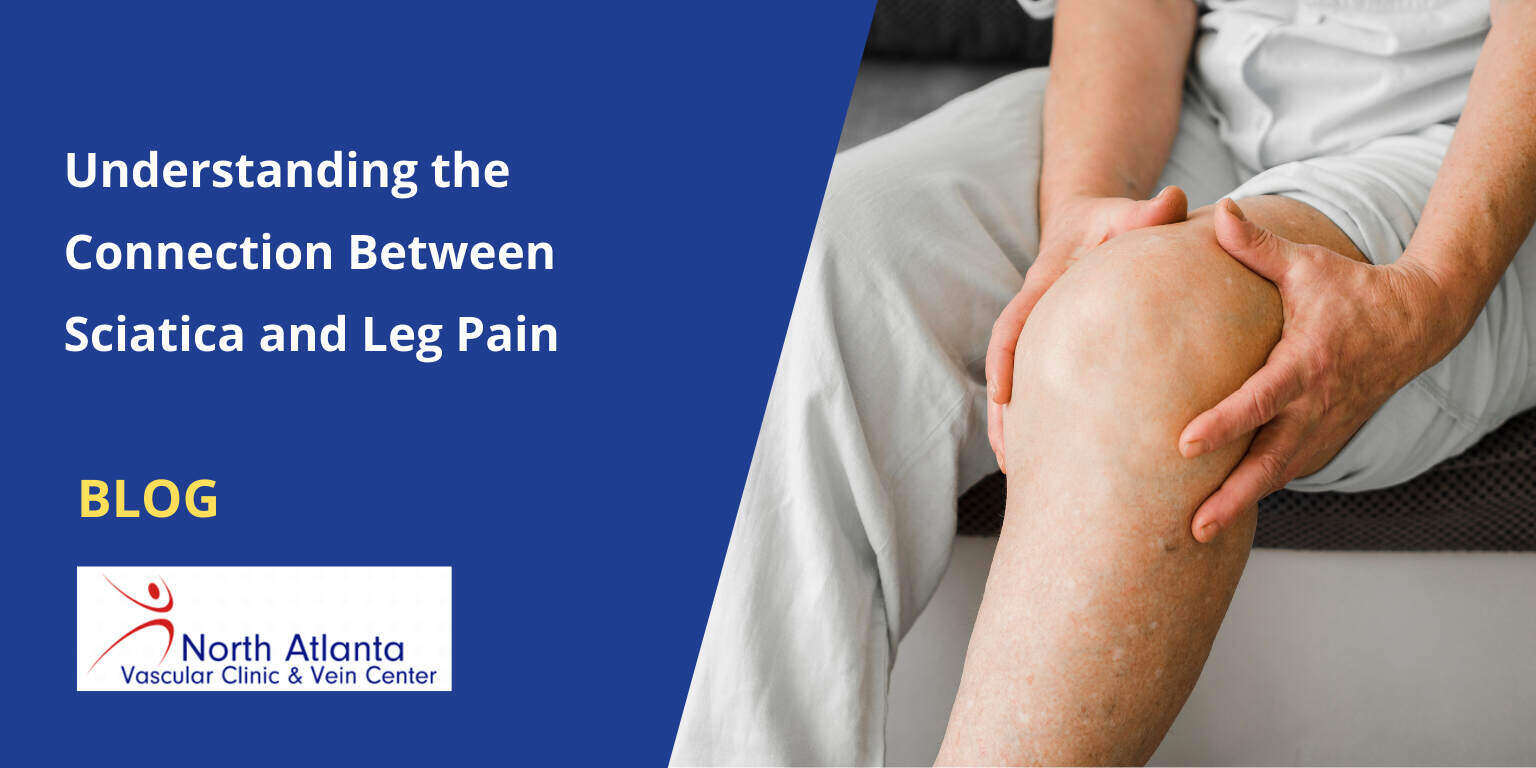



Sciatica is a condition characterized by pain that radiates along the path of the sciatic nerve, which branches from the lower back through the hips and buttocks and down each leg. Leg pain caused by sciatica can be debilitating, affecting daily activities and overall quality of life. This blog aims to provide a comprehensive understanding of sciatica-related leg pain, including its causes, symptoms, and treatment options.
Sciatica occurs when the sciatic nerve, the longest and largest nerve in the body, becomes compressed or irritated. This nerve starts in the lower back and extends down to the lower limbs, providing sensory and motor functions. According to the American Academy of Orthopaedic Surgeons, sciatica affects approximately 10% to 40% of the population at some point in their lives.
Sciatic nerve compression typically occurs due to conditions such as herniated discs, spinal stenosis, or piriformis syndrome. These conditions can cause the nerve to become pinched, leading to inflammation, pain, and often numbness in the affected leg.
The primary symptom of sciatica is radiating pain that travels from the lower back down to the leg. This pain can vary in intensity, ranging from a mild ache to a sharp, burning sensation. Other common symptoms include:
The impact of sciatica on daily activities can be significant, making it challenging to walk, sit, or perform routine tasks without discomfort.
Leg pain associated with sciatica typically follows a specific pattern, radiating along the path of the sciatic nerve. This pain usually affects only one side of the body and can extend from the lower back, through the buttock, and down the leg to the foot. Unlike other types of leg pain, sciatica-related leg pain is often accompanied by lower back pain and other neurological symptoms such as numbness and tingling.
Differentiating sciatica-related leg pain from other types of leg pain is crucial for accurate diagnosis and treatment. For instance, muscle strains, vascular issues, and joint problems can also cause leg pain but do not typically involve the sciatic nerve or present the same pattern of symptoms.
Several conditions can lead to the compression or irritation of the sciatic nerve, including:
Certain factors can increase the risk of developing sciatica, including:
Effective treatment for sciatica involves a combination of conservative and interventional approaches, depending on the severity and underlying cause of the condition
In addition to medical treatments, several self-care techniques can help manage sciatica-related leg pain:
While many cases of sciatica can be managed with self-care and conservative treatments, it is essential to seek medical attention if you experience:
Consulting a healthcare professional is crucial for an accurate diagnosis and developing a personalized treatment plan tailored to your specific needs.
Understanding the connection between sciatica and leg pain is essential for effective management and treatment. Sciatica can significantly impact daily life, but with the right combination of medical treatments and self-care techniques, it is possible to find relief and improve your quality of life. If you are experiencing sciatica symptoms, do not hesitate to seek professional advice to explore your treatment options and develop a plan that works best for you. Contact us today at North Atlanta Vascular Clinic.